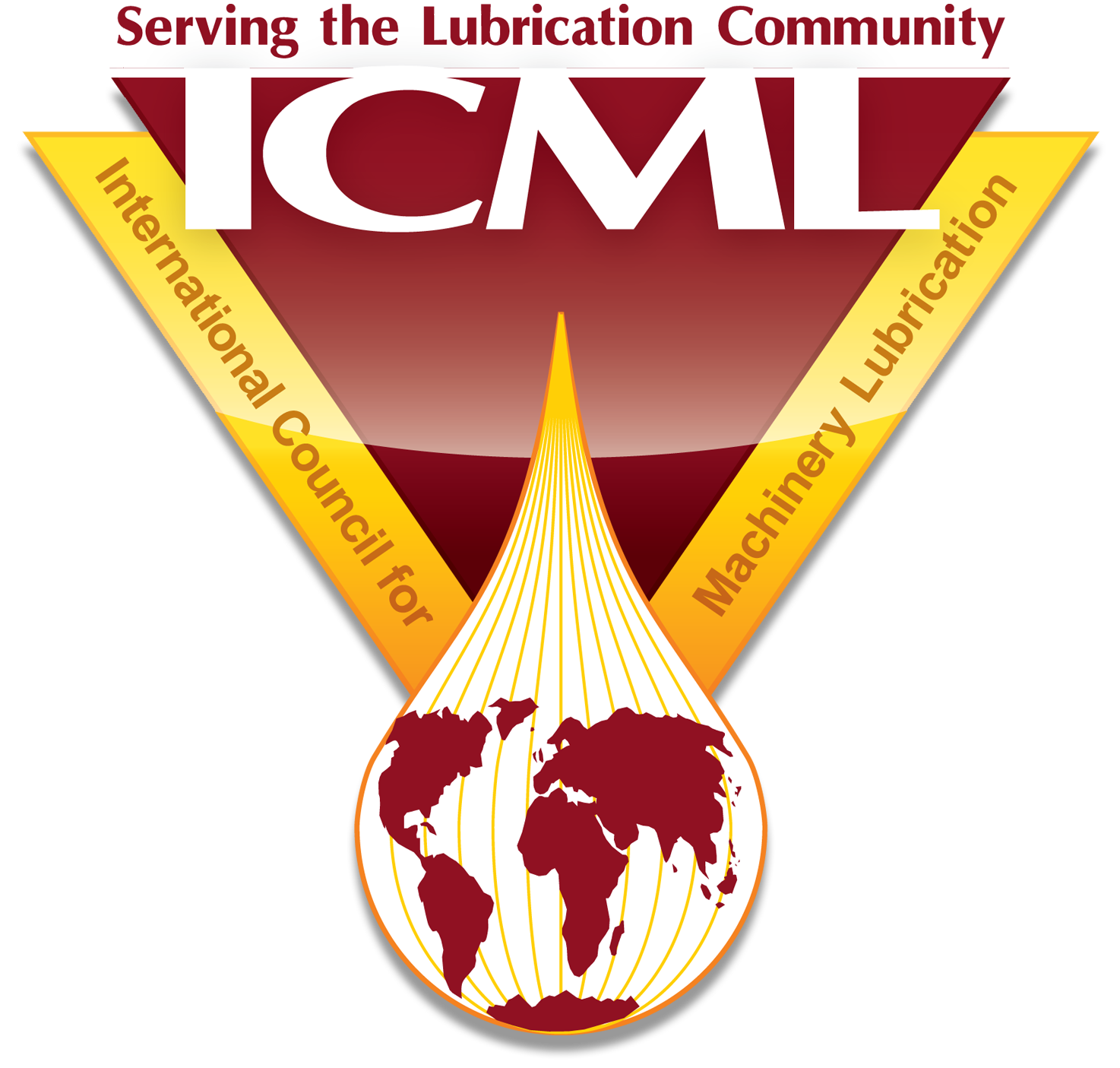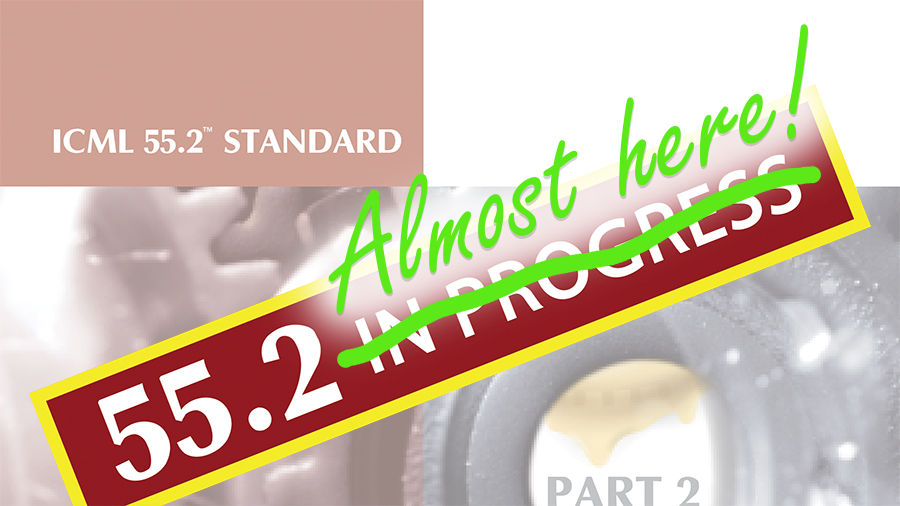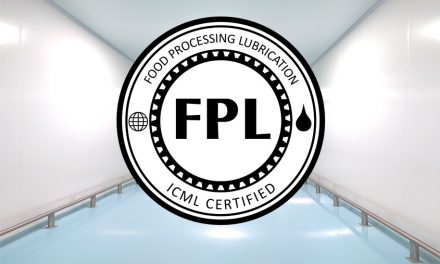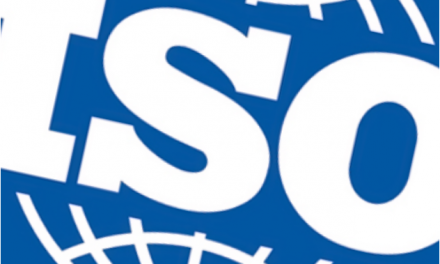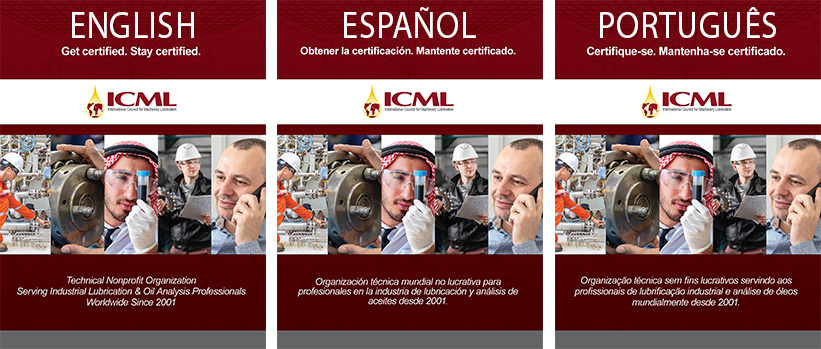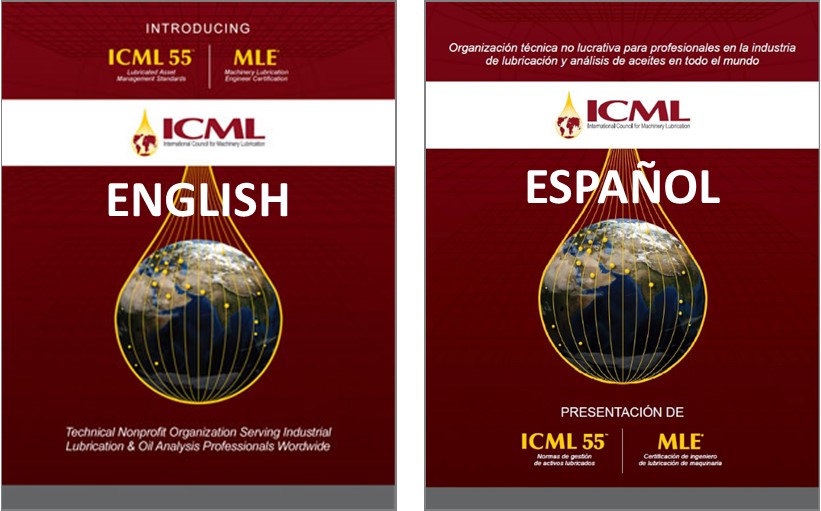by admin, March 13, 2023 | It has been a few months since our last update, when we reported in December that much of the content of ICML 55® Standard, Part 2, was under editorial review prior to peer review. As many of you know, Part 2 is the “Guideline” part of ICML 55 that will guide implementation of the elements that are laid out in the ICML 55.1 Standard (2019), “Requirements for the Optimized Lubrication of Mechanical Physical Assets.”
As noted in that same December post, the editing phase naturally takes longer than anticipated. However, earlier this month we sent an exciting status update to everyone who has signed up on our “ICML 55.2 Email Notification List.”
And here is what we told them:
“Good news! > As planned, our senior editor recently finished compiling the work of all our independent contributors, and the comprehensive manuscript has already gone through technical peer review. Now it is in the hands of the publisher, where it will be subjected to further levels of copy editing. There is still plenty of work to do, of course, but our goal is to see ICML 55.2 published by the middle of this year in time for a July rollout.
“Please note that the ICML 55.2 pricing structure is still undetermined. I will be able to share more as we get closer to the publisher’s release date.
“On a side note, it might interest you to know that we intend to outsource all distribution this time. There are no plans to fulfill book orders directly from our office like we have been doing with the ICML 55.1 Standard since 2019.”
We also reminded everyone that any facility with lubricated machinery can still prepare for the ICML 55.2 Guideline by first applying the ICML 55.1 Requirements Standard. Remember: ICML 55.1 spells out what to include in your lubricated asset management plan, while ICML 55.2 will explain how to do it.
As you look ahead to applying this second standard to your lubricated asset management efforts, you may find this free video to be helpful: “Making Sense of the ICML 55.1 Standard.” It’s only 20 minutes long but provides good context for understanding the ICML 55 structure.
